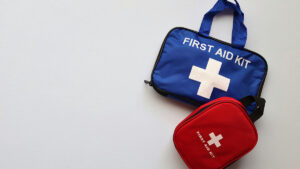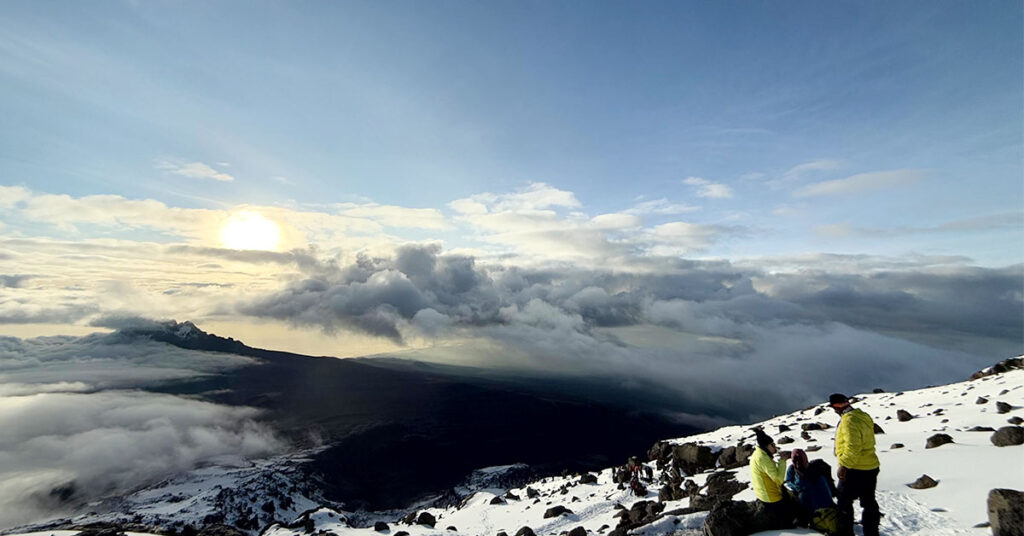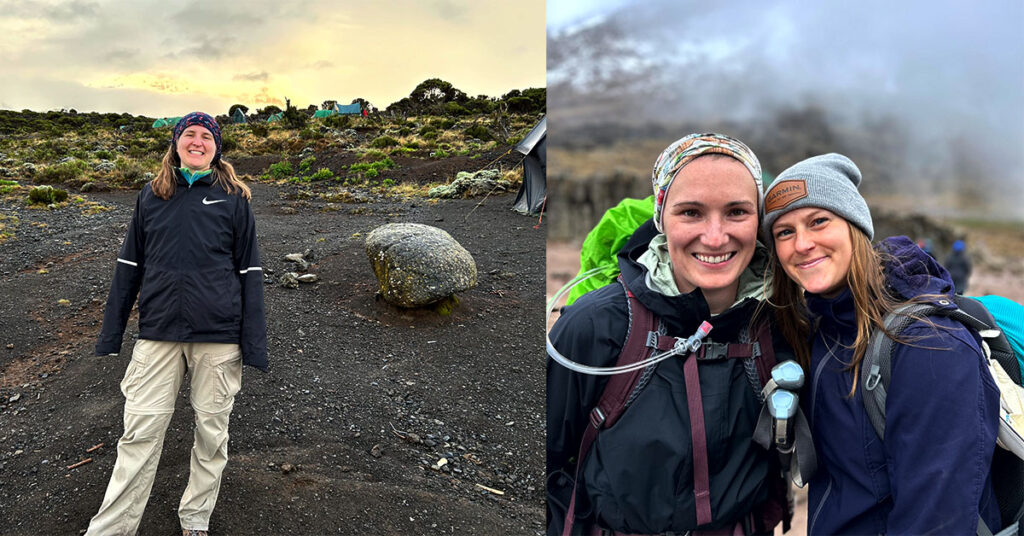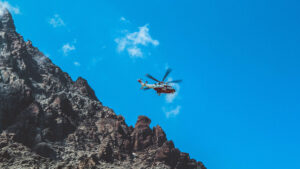
Kilimanjaro Trek Health Checklist & Altitude Sickness Tips
Table of Contents Essential Medication and Health Tips for Your Kilimanjaro Trek | Kili Quests Climbing Mount Kilimanjaro is an incredible adventure — but


Budget & Flexibility
Photography Goals

Let’s plan your Kilimanjaro journey — together.

Table of Contents Essential Medication and Health Tips for Your Kilimanjaro Trek | Kili Quests Climbing Mount Kilimanjaro is an incredible adventure — but

Table of Contents Hygiene on Mount Kilimanjaro: Showers, Water, and Staying Fresh While Trekking Maintaining good hygiene during your Mount Kilimanjaro trek is essential for

Table of Contents The Best Medical Insurance for Kilimanjaro Treks: What You Need to Know for Emergencies | Kili Quests Climbing Mount Kilimanjaro is
@2025 Kili Quests. All rights reserved.